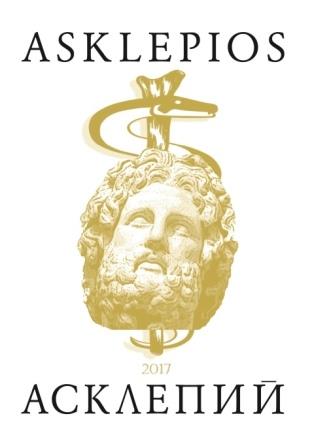Еволюция на диагностичната техника през XVIII–XIX век: идеи, открития и личности
Evolution of the medical diagnostic methods in the 18th and 19th centuries: Ideas, inventions, men of science
Author(s): Dobrin Paskalev, Diana Petkova, Presjan AtanasovSubject(s): History, Social Sciences, History of ideas, Social history, Modern Age, 18th Century, 19th Century
Published by: Балканска асоциация по история и философия на медицината (БАИФМ)
Keywords: percussion; auscultation; X-rays; history
Summary/Abstract: Hippocrates (460 – 377 BC) is recognized as the father of modern medicine. According to him, medical practice is based on observation of clinical signs and rational conclusions, and does not rely on religious prejudice or magical beliefs. Thomas Sydenham (1624–1689), known as „the English Hippocrates“ stressed the importance of observing the patient and instructed physicians to distinguish specific diseases as well as to find specific remedies for their illness. However, no decisive breakthroughs followed in disease theory and the true causation (vera cаusa) of diseases remained obscure. Disease theory greatly benefited from the pathological anatomy develipments. In 1761 Giovanni Morgagni (1682–1771) published his masterpiece „De sedibus et causis morborum per anatomen indagatis,libri quiquie“ (“Of the place and causes of diseases investigated through anatomy“) in five books. The work contained more than 640 case reports with detailed clinical history followed by a report of the pathology found at the autopsies. Morgagni was the first who pointed out that there was a correlation between the symptoms experienced by the patient and the pathologic findings post mortem. In the same year – 1761, Leopold Auenbruger (1722–1809) published his classical treatise entitled: „Inventum novum ex percussionе thoracis humani et signo abstrusos interni pectoris morbos detegendi“ (“A new discovery that enables the physician to detect the diseases hidden within the chest by means of percussion of the human thorax). In this book he invented and described the technique of percussing the patient’s chest, and this was the birth of the modern physical examination. In 1808, the French doctor Cornisart translated „Inventum novum“ and published the book with own annotations and thus the method of percussion spread rapidly amongst the medical community. In 1816, Rene Laënnec (1781–1826), a follower of Cornisart, invented the stethoscope and the auscultation as method in the clinical practice. At the end of 1895, Wilhelm Röntgen (1845–1923) detected the X-rays (Röntgen rays). Today he is considered the „father“ of diagnostic radiology, the medical speciality which uses imaging to diagnose diseases.
Journal: Асклепий. Международно списание по история и философия на медицината
- Issue Year: XIII/2017
- Issue No: 01
- Page Range: 39-47
- Page Count: 9
- Language: Bulgarian
- Content File-PDF

